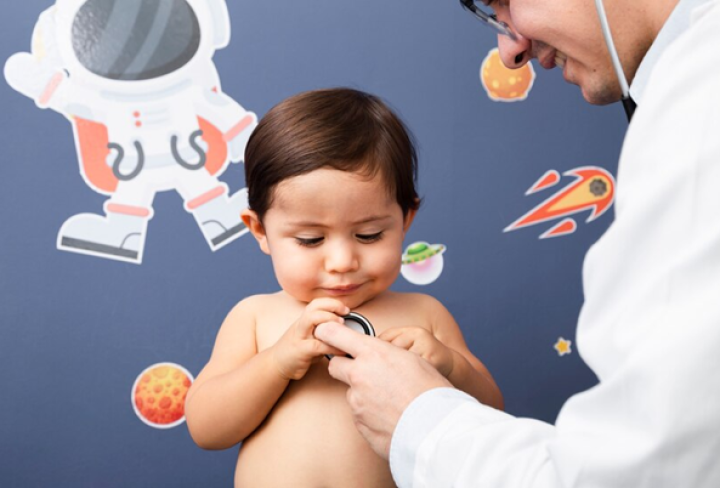The intricate, rhythmic thumping of our heart is something most of us take for granted. For many parents, the first time they truly ponder the marvels and mysteries of this vital organ is when they receive a diagnosis that their child has a septal defect. If you’re new to this term or seeking more clarity, let’s unravel the intricacies of septal defects in children.
What is a Septal Defect?
At its core, a septal defect is a congenital heart disorder, often referred to as a “hole in the heart.” It occurs due to an imperfection in the wall (septum) that separates the two chambers of the heart. While the concept might sound alarming, it’s essential to remember that the severity, implications, and treatments can vary widely.
The Different Faces of Septal Defects:
There are primarily two types of septal defects:
Atrial Septal Defect (ASD): This defect occurs in the wall separating the two upper chambers of the heart, the atria. While many ASDs are small and may close on their own, larger ones might require medical intervention.
Ventricular Septal Defect (VSD): This defect appears in the wall separating the heart’s two lower chambers, the ventricles. VSDs can vary in size and may lead to more complications than ASDs if not addressed.
How Does it Impact a Child’s Life?
Some septal defects remain silent, causing no discernible symptoms, while others might lead to noticeable signs like fatigue, rapid breathing, or a bluish tint to the skin. The consequences depend on the size of the defect and its location. Smaller defects often go unnoticed and may close by themselves. Larger ones can impact the heart’s efficiency and could require medical attention.
The Silver Lining: Advances in Pediatric Cardiology
The world of pediatric cardiology has witnessed revolutionary advances in recent decades. Diagnosis techniques, from prenatal screenings to post-birth evaluations, have become incredibly sophisticated. For those children who require intervention, there are minimally invasive procedures available, ensuring a swift recovery and minimal disruption to their lives.
The Journey Ahead
If your child has a septal defect, or if you’re seeking more information, remember that knowledge is empowerment. Engaging with a pediatric cardiologist can provide a clear roadmap for your child’s heart health journey. With the right care and attention, most children with septal defects go on to lead healthy, active lives, proving once again the resilience of the human heart.
In conclusion, while a diagnosis of a septal defect can initially be daunting, understanding the condition and its implications can make the journey smoother. Embrace the advances in medical science, trust in your pediatric cardiologist, and remember that every heartbeat is a testament to life’s incredible rhythm.
